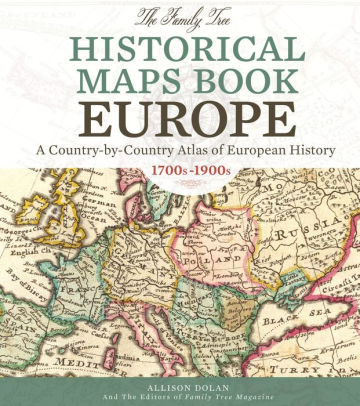Even a baby or wedding book can be indexed if it includes a family tree and/or names of people who visited or gave gifts. This has helped me trace more distant relatives, by the way.
My index for my father-in-law's 25 diaries (shown here) has a few headings. I use the "comments" column to add details referring back to particular documents, a way of reminding myself of the exact source:
Name (alphabetical by surname)
Relationship (as specific as possible)
Date (so you can sort by date, try year, month, day)
Place (again, be specific if possible)
Comments (details, context, significance; identifying the particular document)
Indexing is not difficult if you take it one step at a time. Remember: Life by the inch is a cinch--life by the yard is hard. So build your index little by little:
PS: See my next post here for ideas about how to use the indexes to solve genealogical mysteries.
Comments (details, context, significance; identifying the particular document)
Indexing is not difficult if you take it one step at a time. Remember: Life by the inch is a cinch--life by the yard is hard. So build your index little by little:
- Organize the documents into chronological order. That way, you'll be able to follow along as the narrative mentions upcoming events or evolving relationships. I did this with letters to my mother during the time she was dating my father. It was exciting to read what led up to his proposal and their future plans!
- Focus on one document at a time. Don't try to index everything at one sitting. Just pick one letter, one month of the diary, one of anything in your collection. Complete one, and if you feel like it, complete another. Keep your place so you can pick up the indexing when you have a few minutes. Use your index to summarize the most critical info from each document before moving on to another.
- Identify the people and their relationships. Use a pad and pencil or, if you prefer, a spreadsheet or database. The first time you see a name mentioned, write it down in full and note the relationship, if you know it. Also jot down the date or some other way of going back to that document for the full reference. If you see a name mentioned repeatedly, note it even if you don't know the relationship.
- Compile your list of people, dates, and brief explanations for each. For instance, say the Wood diaries mention a second cousin named Mac McClure for the first time on May 3, 1963. The next time Mac McClure is mentioned is July 4, 1963. My entry in the diary index might read: McClure, Mac (second cousin to E. Wood?). Visit to Wood family in Cleveland on May 3, 1963. Call on July 4, 1963 about birth of Mac's baby Julie. If baby Julie is mentioned later, you can cross-reference by saying something like: McClure, Julie (daughter of Mac McClure).
- Watch for groups of people and repeat appearances. Maybe a letter or diary mention of several people getting together is really a mention about a family occasion. If certain names pop up regularly, especially on significant dates (such as a birthday or a holiday), chances are they have some close connection to your family. It won't take long to determine who you should be following closely and who seems to be just a casual friend.
- Watch for disappearances and enigmatic mentions. Sometimes people are mentioned once and never again--did they move away, was there a quarrel, did they pass away, was there a divorce? This is the puzzle part of our genealogy research. Maybe someone else in the family will have some insight if you mention what you're trying to figure out.
- Type up your index neatly, date it, and enclose it with the documents and with the main surnames mentioned. That will give you a handy reference when you're looking someone up and will also be available to anyone who takes care of your documents in the future. Return to update your index as you learn more about the relationships and who's who. Also note the "update date" so you can keep track of your most recent copy of the index. Colleen, in her comment below this post, suggests noting the location of the documents--an excellent idea!
- Talk up your index! Tell your relatives what you've learned, and offer to copy for them a few relevant sections of the documents. Who doesn't want to know something new about their parents and grandparents, whether just a hint of personality or a particularly surprising anecdote?
PS: See my next post here for ideas about how to use the indexes to solve genealogical mysteries.















